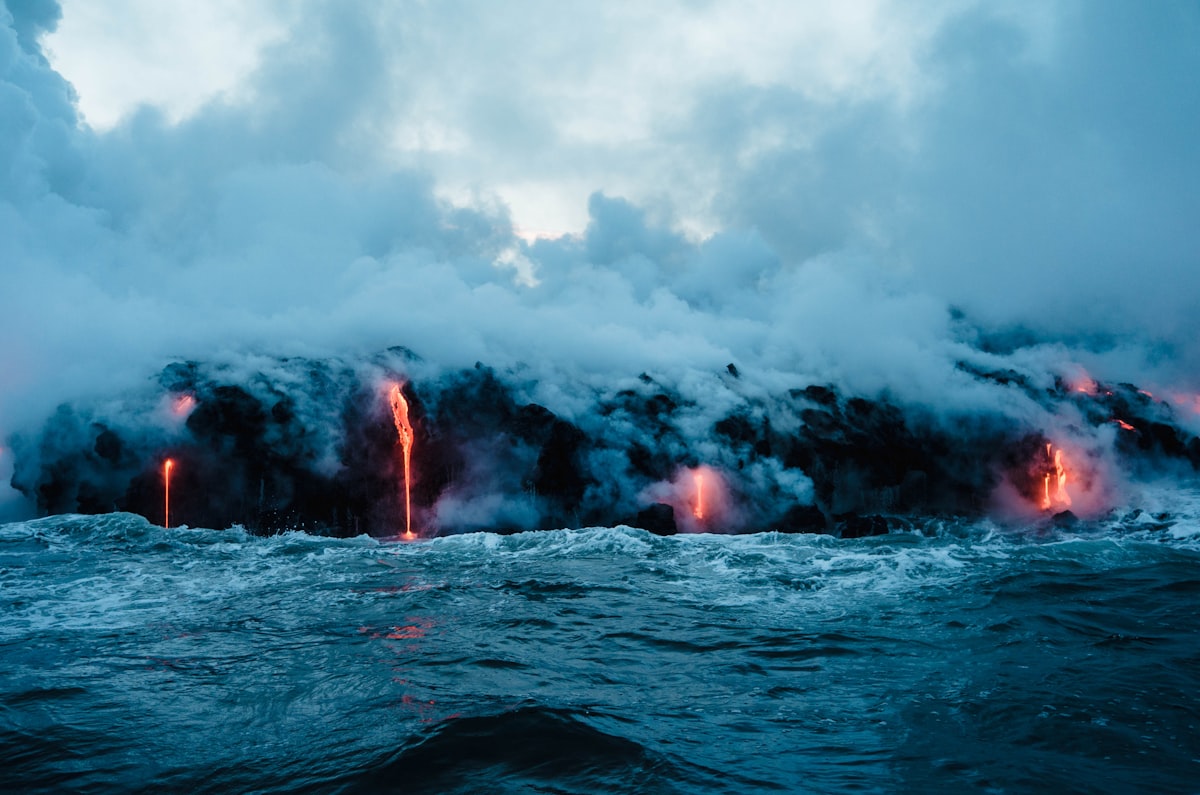The Rock Cycle

The rock cycle is used to explain how rocks form and change over time. Rocks that are pushed below the surface of the earth and melt are known as magma. When this reaches the earth's surface through volcanic activity, magma is known as lava.
Igneous rocks form when lava or magma cools and hardens. Granite is an igneous rock that forms very slowly over time, underground from magma. Obsidian is a rock that cools rapidly after exiting a volcano as lava.

These rocks can get weathered by water, wind, etc... This is why when the Flood happened, the pure amount of water that was present formed the Grand Canyon.
When the sediment that is caused by weathering is moved from one place to another, this is called erosion. Deposition is when the sediment is dropped in a new location.
Sedimentary rocks form when sediment compacts and cements. This process is named lithification. Uluru is a rock formation in central Australia. It's made of a sedimentary rock called sandstone.

Metamorphic rocks form when rocks are heated and pressured greatly. These types of rocks can be formed from igneous, sedimentary, or other metamorphic rocks. One example of a metamorphic rock is marble, which is formed from limestone.

So, a rock cycle can be as follows: magma or lava turn into igneous rocks that can either turn into sedimentary rocks or metamorphic rocks.




